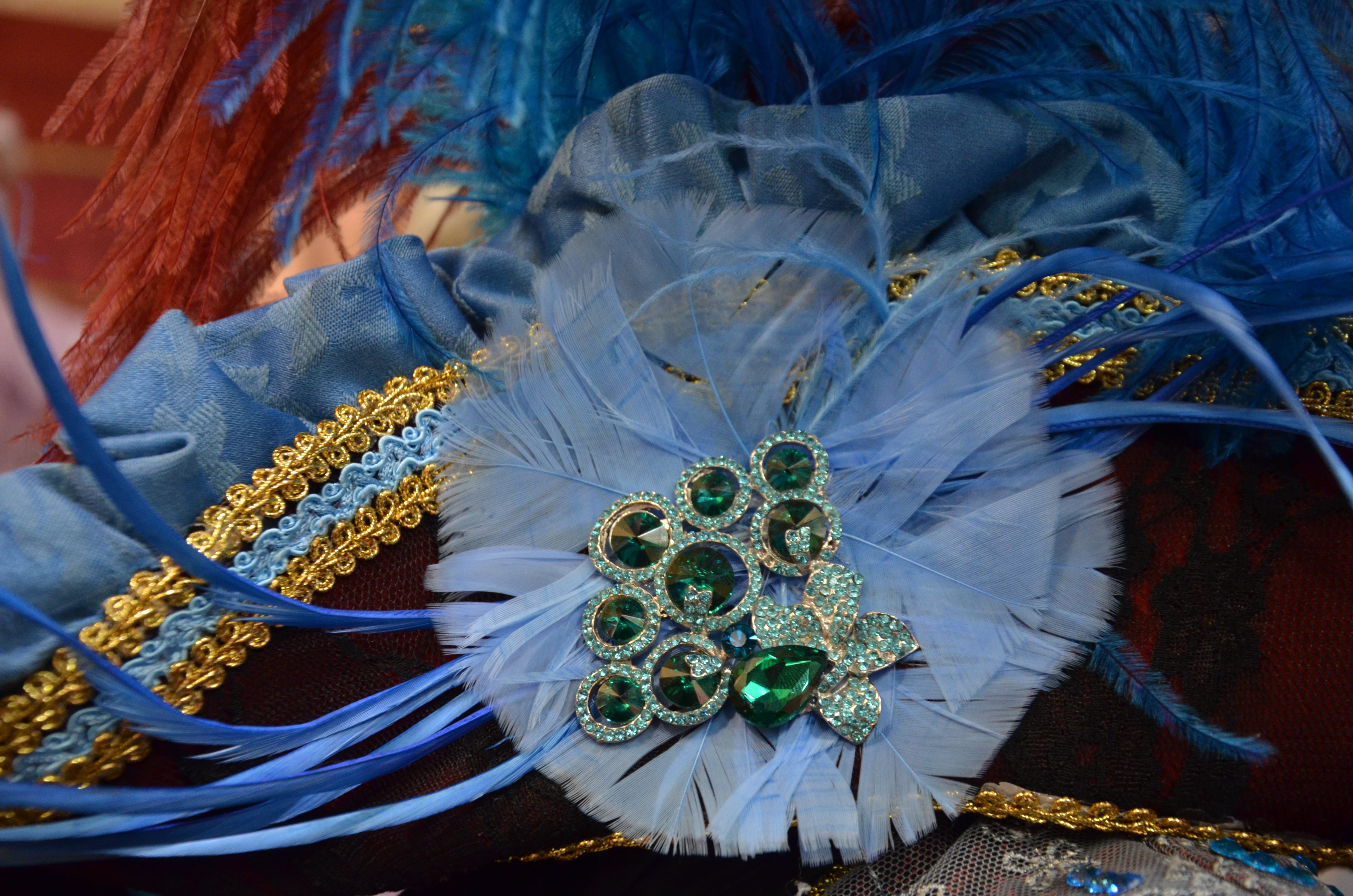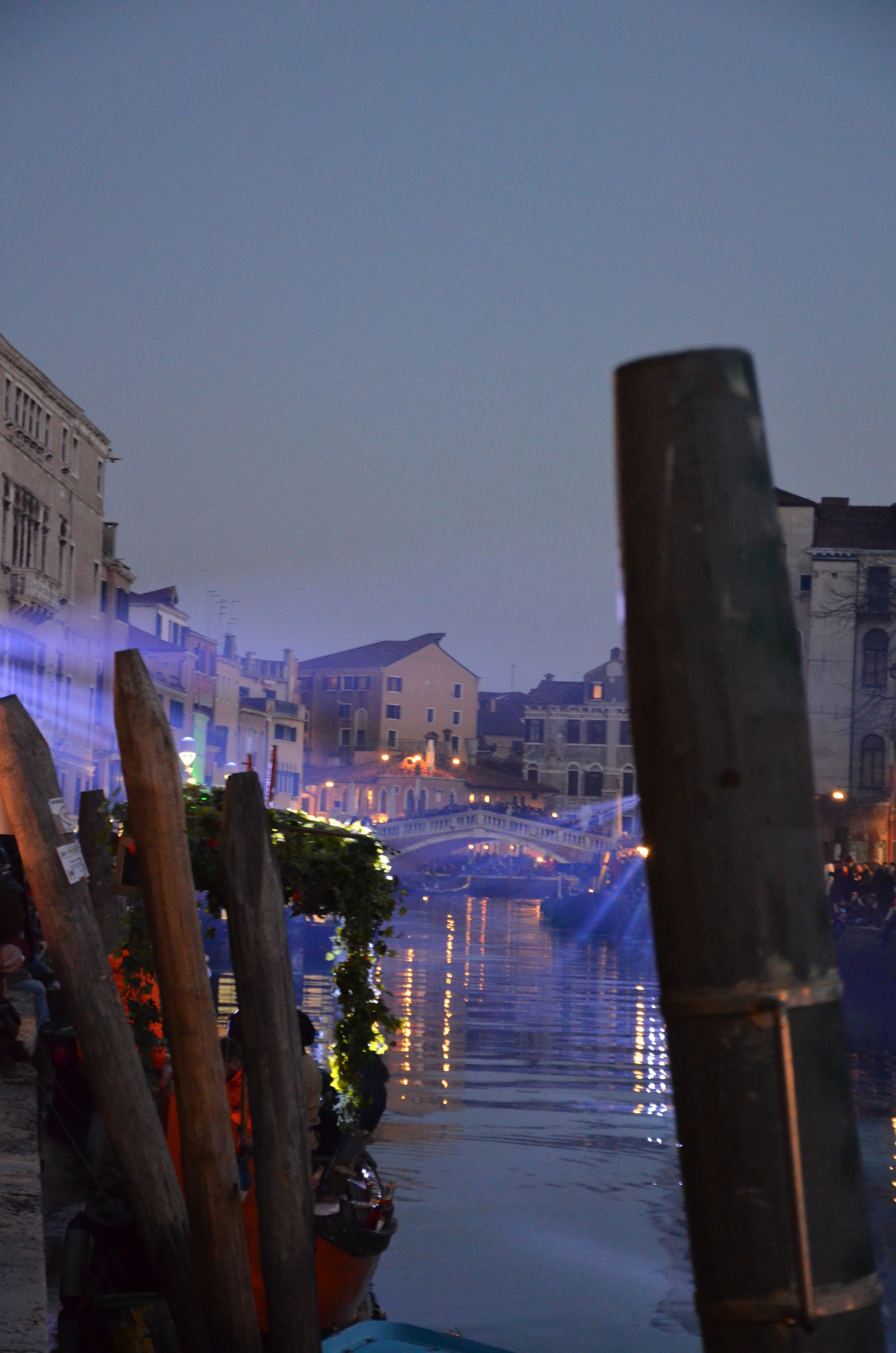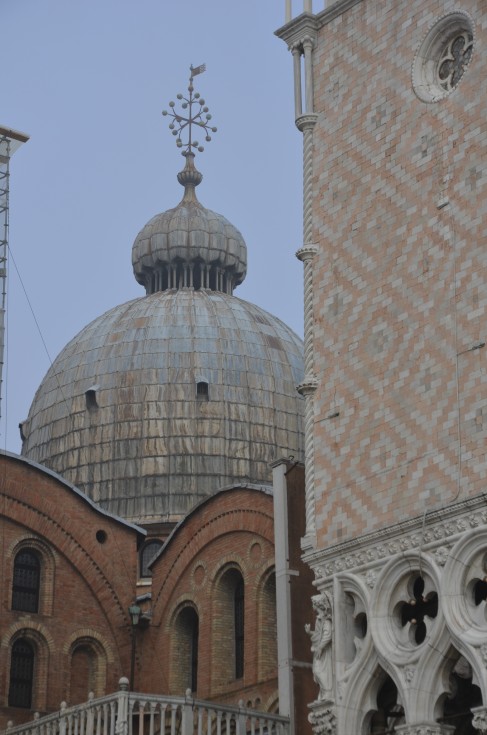
Venetian Hours: Franco-Venice and French Cuisine
French Food in Venice
The Venetians might have ruled much of the refined sugar trade in Europe, but by the eighteenth century, they were importing French pastry techniques. “Count Cavour, the first prime minister of a united Italy,” sent his personal chef to be trained in France, while the Italian royal family was eating macaroni à la Parisienne.
Today, the French influence is best seen at the Tonolo pasticceria in the San Polo neighborhood, which won a gold medal in Paris for its sweet focaccia in 1909 and has some of the best coffee in Venice. To say this is a Venetian establishment would be grossly understating it. And it wasn’t the Paris-Brest that hooked me on Tonolo so many years ago: it was the quality of absolutely everything they make, from their coffee to their Venetian pastries to their cream-filled pastries. It was the extreme care taken with the presentation and visual aspects — something many Venetian pastry chefs lack, despite the good taste. After living in France for so long, I immediately felt right at home in Tonolo, so familiar, reminding of my youth when I discovered mille-feuilles and éclairs and tried new pastries every day.
|
|































